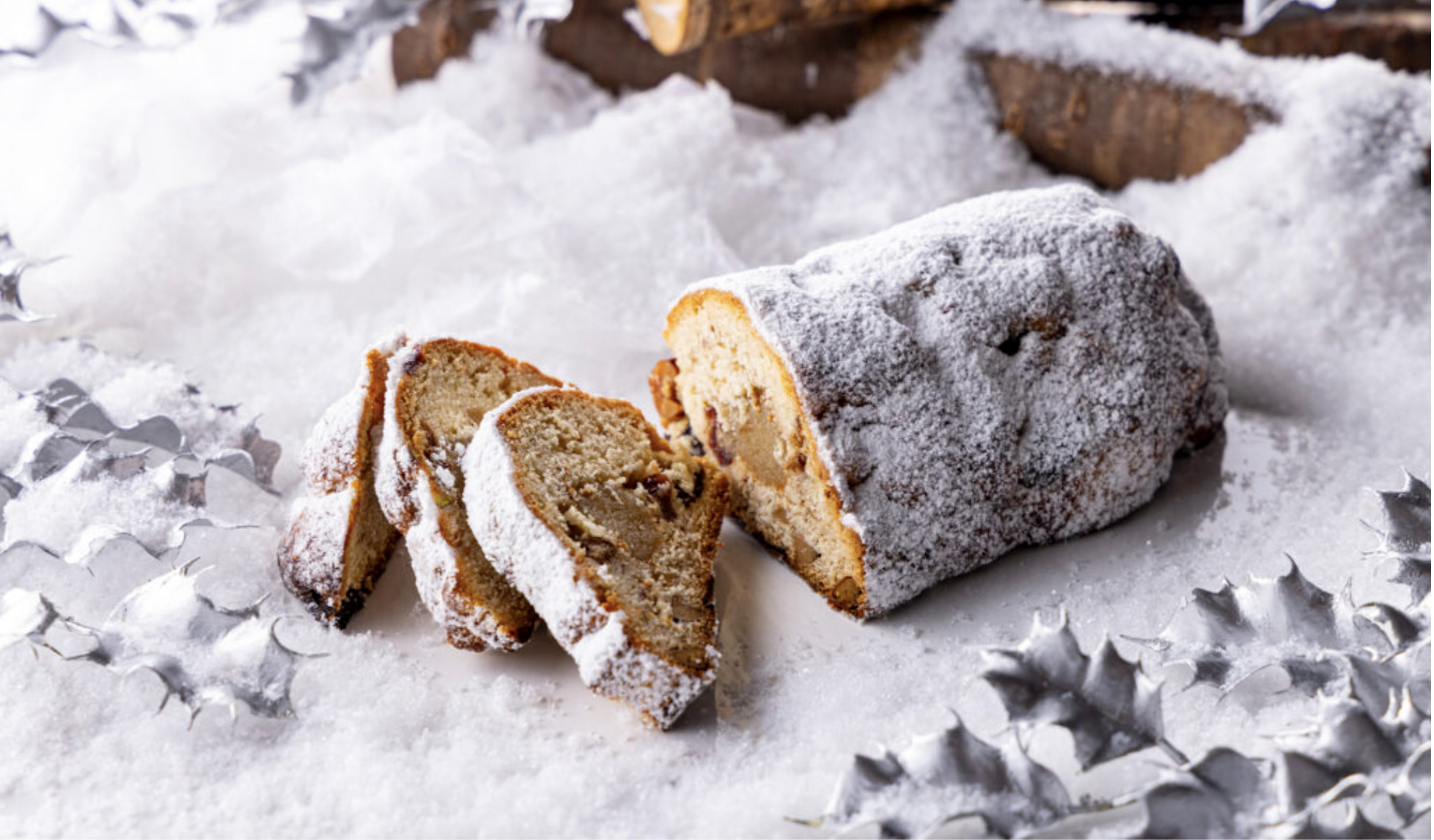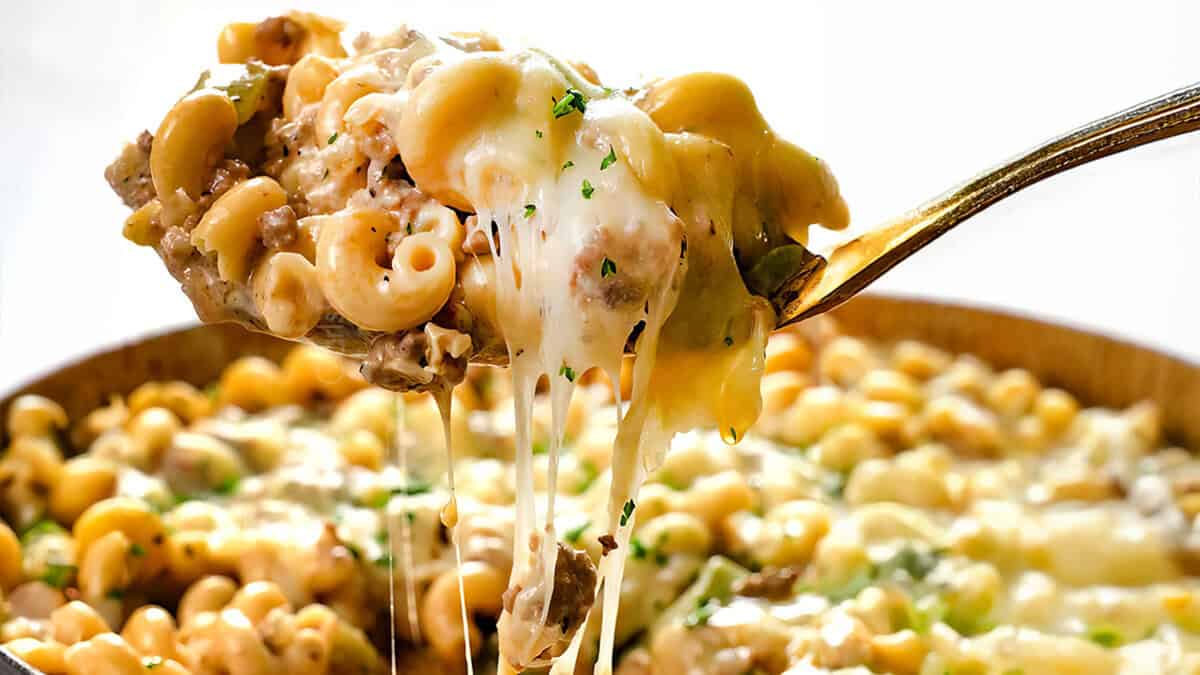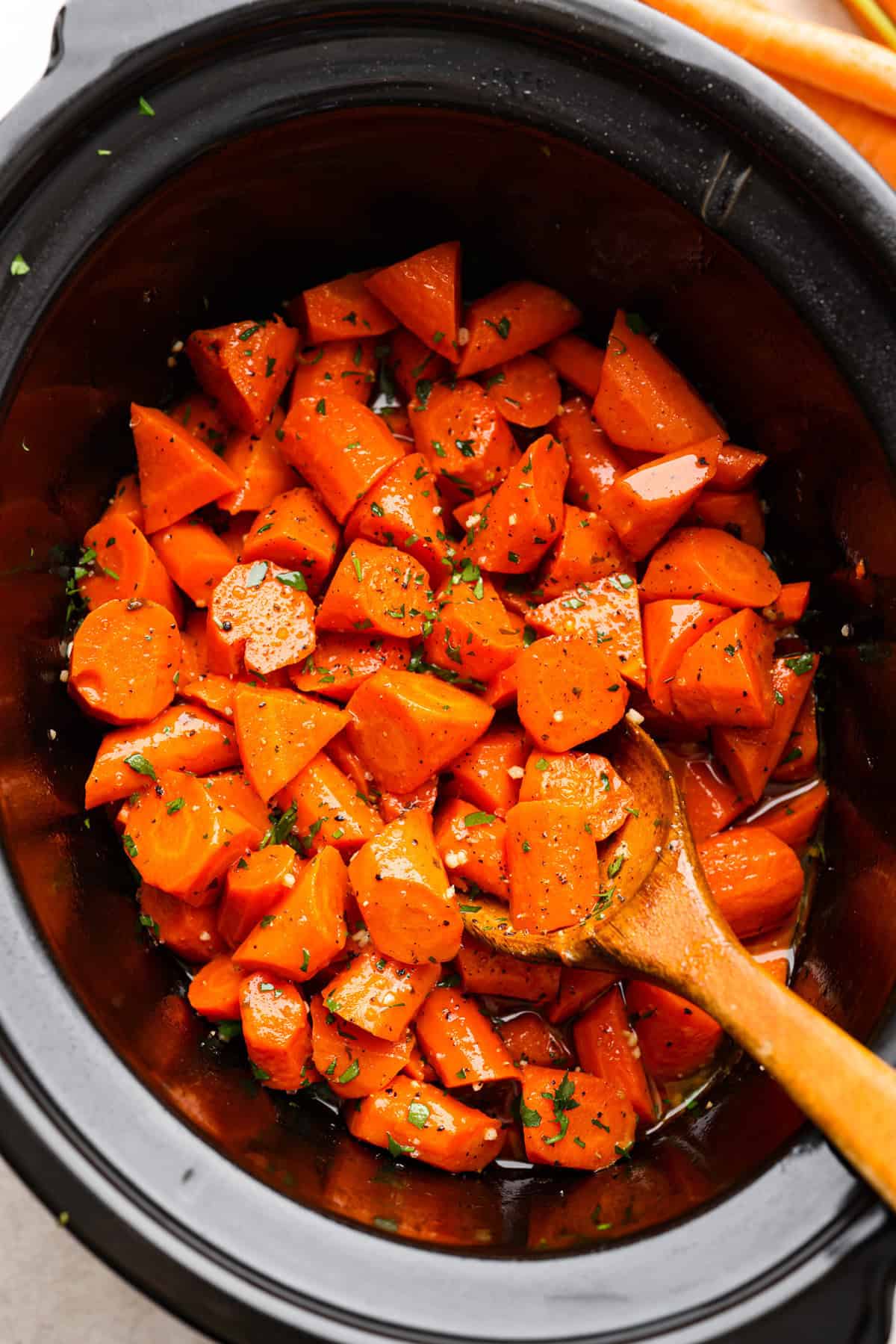Despite modest beginnings, the first Japanese government-certified culinary school to open in Britain is promising big things, offering a course to ground students in both the techniques and culture of Japan's growingly popular washoku cuisine.
The London branch of the Tokyo College of Sushi & Washoku, offering an officially recognized washoku chef certification, opened last month to great fanfare, albeit with only six students enrolled thus far in the first expansion of the institute overseas.
Operated by Mizuno Gakuen, a Tokyo-based corporation, the four-days-a-week, six-month course provides instructions in fish filleting and practical Japanese cooking methods as well as lessons in making fermented seasonings, such as miso and soy sauce.
Washoku, designated in 2013 by UNESCO as an intangible cultural heritage, is a Japanese term derived from the kanji characters "wa," meaning Japan, and "shoku," meaning food.
However, the term does not just encompass preparation methods but includes broader cultural aspects such as presentation, etiquette and the dishes used to serve the food.
Daisuke Hayashi, the head chef of London-based high-end Japanese restaurant Roketsu serving traditional multi-course "kaiseki" cuisine, says the origins of washoku have a lot to do with Japan's climate and environment.
Because Japan is located in a subtropical climate, it is hot and humid with high levels of rainfall.
"This means food spoils easily, so people in the past developed techniques for drying, smoking and pickling to prevent microbial growth on food," explains Hayashi, who studied under seven-Michelin-star chef Yoshihiro Murata in Kyoto before traveling to Britain to open his eatery.
Culture, too, has had a huge impact on the tradition. For example, before Japanese tea ceremonies, practitioners would have a light meal of "ichiju-sansai" -- one soup and three small side dishes with rice -- to ensure they weren't hungry during the ceremony.
This would come to be known as kaiseki, which has gone on to become one of the most recognizable and distinctive washoku meal formats, regarded around the world today as Japanese haute cuisine.
One of the enduring principles of washoku is simplicity. The natural flavors of the ingredients are used to create an elegant and complex taste, rather than relying on excessive seasonings.
"The simpler it is, the harder it is to execute. There's nothing to hide behind -- you can't hide behind simplicity," says Singaporean Toh Ai Lin, 52, one of the students at the newly opened London college.
Another core principle of washoku is a focus on ensuring the ingredients are seasonal, sourced locally and are of the best quality possible.
According to Ryo Kamatsu, the Michelin-starred head chef of Umu London, "the seasonality and the simple cooking techniques that enhance and elevate the original flavors of the ingredients" are what make washoku unique.
Kamatsu learned the art of washoku cooking at a Tokyo restaurant Kaiseki Ichimonji, as well as studying under the previous head chef of Umu London, Yoshinori Ishii.
At London's only Michelin-starred kaiseki restaurant, local ingredients are a priority.
It is important to choose "local ingredients that are at their peak and best represent the season," Kamatsu said. "For example, our sashimi and sushi are mainly prepared with fresh Cornish fish and Scottish shellfish."
This use of local ingredients also helps make washoku a very environmentally-friendly culinary tradition. But it also means ingredients just coming into season -- "hashiri" -- and those starting to go out of season -- "nagori" -- are also used to indicate natural seasonal transitions.
Washoku is described by the United Nations Educational, Scientific and Cultural Organization as being "associated with an essential spirit of respect for nature that is closely related to the sustainable use of natural resources."
This aspect is a big draw for the college's students. Johnathan Cheung, 28, from London, says he likes "how they use the seasonal foods to make it more sustainable," adding that he wishes the world followed the same precept.
The degree to which washoku chefs focus on ingredients even extends down to the type of water they use to cook with.
Hard water, which has a high mineral content, hinders the extraction of the all-important umami flavor from natural ingredients, so washoku chefs opt for soft water with its higher salt concentrations instead. The London college is no exception, banning use of hard water in all its classes.
Japanese cuisine has been gaining international acclaim since its cultural heritage registration. According to a Japanese government survey, the number of Japanese restaurants overseas more than tripled from about 55,000 in 2013 to 187,000 in 2023. There are now approximately 16,200 Japanese restaurants in Europe, of which 1,260 are located in Britain.
By teaching authentic preparation methods, the school aims to ensure more Japanese restaurants overseas adhere to the proper washoku standards of its homeland.
After completing the course, students will receive a certificate from Japan's Ministry of Agriculture, Forestry and Fisheries that shows they are able to cook washoku dishes according to traditional preparation techniques.
At the commemorative ceremony last month, Masaru Watanabe, 67, dean of the London college, expressed his enthusiasm, saying, "We were not able to recruit enough students due to the delay in the construction of the school building, but we will start with a small number and carefully instruct them to become trustworthy chefs."
© KYODO











 English (US) ·
English (US) ·